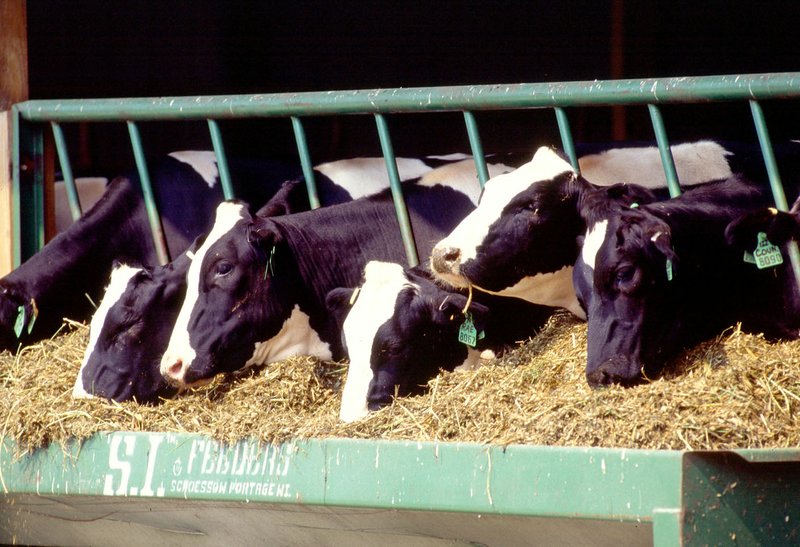Proper management is the key to success in any enterprise, and the dairy business is no exception. Each successful producer must have records which are accurate and reliable to make sound management decisions. Records of identification and pedigree, production, feed, reproduction, health and costs help producers (1) cull the least profitable cows, (2) feed for most efficient production, (3) make precise management decisions for greatest returns and (4) select animals with the greatest genetic producing ability for herd replacements and for breeding a better herd for the future.
Methods for maintaining records vary with farms and the individuals who keep them. Good systems vary. Some include computers, while others include card files, tags, color coding and wheels. Computers are more prevalent on farms with more than 150 cows because they allow information to be summarized more easily than doing the summary by hand. But card files or similar systems can allow for relatively efficient summaries compared to a single notebook of all information in chronological order.
Most importantly, records must be kept up to date. Incomplete or incorrect records can be misleading and result in less than optimal decisions.
Dairy producers benefit from production and cost information on cows in their herd as well as from efficiency and management data. Data obtained from many herds are used in herd summaries and analyses which allow the dairy producer to better determine where strong and weak points are in the herd. Although the most common type of production record used in these types of comparisons is Dairy Herd Improvement or Dairy Herd Improvement Association, many types of records are available.
As herds increase in size, less individual attention can be paid to one particular cow. As a result, larger herds now require more effective tools for making decisions concerning the management of the dairy. These decisions are based on information summarized by a computer, which allows the dairy producer to have management reports available for an individual cow, a group of cows or the herd. These reports then allow the quality and effectiveness of management to be improved by using information in a condensed form.
Information taken from an article by Jodie Pennington, professor of dairy and goats with the University of Arkansas, Division of Agriculture.
General News on 06/05/2019

